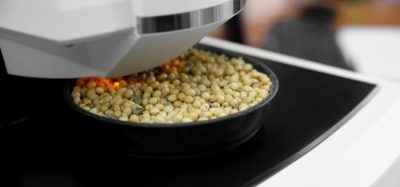Why is microstructure important in food systems?
- Like
- Digg
- Del
- Tumblr
- VKontakte
- Buffer
- Love This
- Odnoklassniki
- Meneame
- Blogger
- Amazon
- Yahoo Mail
- Gmail
- AOL
- Newsvine
- HackerNews
- Evernote
- MySpace
- Mail.ru
- Viadeo
- Line
- Comments
- Yummly
- SMS
- Viber
- Telegram
- Subscribe
- Skype
- Facebook Messenger
- Kakao
- LiveJournal
- Yammer
- Edgar
- Fintel
- Mix
- Instapaper
- Copy Link
Posted: 21 November 2005 | Peter Edmondson, Cadbury Trebor Bassett Ltd | No comments yet
Traditionally the food industry’s aim has always been to produce safe, convenient, good quality foods in sufficient volume to feed a growing and prosperous population. In the past food processes have been designed using practical experience. This has involved the culmination of the knowledge of product quality requirements, such as throughput and moisture content and processing costs, which have been used to select the most appropriate equipment commercially available.
Traditionally the food industry’s aim has always been to produce safe, convenient, good quality foods in sufficient volume to feed a growing and prosperous population. In the past food processes have been designed using practical experience. This has involved the culmination of the knowledge of product quality requirements, such as throughput and moisture content and processing costs, which have been used to select the most appropriate equipment commercially available.
Traditionally the food industry’s aim has always been to produce safe, convenient, good quality foods in sufficient volume to feed a growing and prosperous population. In the past food processes have been designed using practical experience. This has involved the culmination of the knowledge of product quality requirements, such as throughput and moisture content and processing costs, which have been used to select the most appropriate equipment commercially available.
Within this context, food engineers have understood the behaviour of food materials on a macro-scale by applying the expertise from the fields of chemical and mechanical engineering. Although this aim is still paramount to the food industry, modern consumer demands, in this luxurious age, require a more complex approach to food manufacture and the market’s development.
Food companies can no longer rely on producing a small number of strong brands to remain successful. Consumers increasingly demand a large variety of high quality products. For this reason, food companies must constantly innovate and launch new products to maintain profits and market share. Companies must use their knowledge and expertise to provide new products and services faster than their competitors.
A food’s microstructure has an influence over the key attributes of a product as evaluated by consumers. Many of these properties are synergetic, therefore having multiple interactions, and are poorly understood as a result. Advances in the last decade in microscopy techniques, along with a concomitant improvement in computing capabilities, has made it possible to understand a food’s structure; its relation to physical properties (so called structure-property relationships) and how to engineer and control these properties (Aguilera 2005). Structure-property relationships can strongly affect these foods’ physiochemical, functional, technological and even nutritional properties. The design of a food product must account for all these relationships whilst maintaining the high standards the consumer expects. Therefore, from an engineering perspective, the microstructure of any food is paramount.
The fundamental science behind food engineering involves the control and understanding of transport phenomena. This includes the concepts of momentum, heat and mass transfer, as well as flavour reactions. Aguilera & Stanley (1999) and Saravacos & Maroulis (2000) give a comprehensive review of transport properties in foods. Modelling such transport phenomena involves being able to see and derive quantitative data that is undetectable to the human eye. The microstructure of a material and how it evolves through a process will define the characteristics of the transfer phenomena in processing equipment.
All foods can be analysed in terms of their chemical composition. This gives limited information about the structure, physical state or sensorial properties. The natural building blocks of foods can be considered as water, air, carbohydrates, proteins and fats. The way in which these are structured during processing ultimately determines the functionality of the food. For example, ice-cream is a complex multi-phase mixture that consists of air bubbles dispersed in a mixture of fat, water and ice. The air fraction is typically 50% by volume and is crucial for the product to have the correct consistency and texture desired by the consumer. The surface of air bubbles are covered by milk proteins, which act as emulsifiers by sticking to interfaces preventing coalescence. Increasing the amount of air in ice-cream is desirable as it reduces the amount of ice per unit volume and, hence, gives a warmer mouth-feel upon eating. However, the more air bubbles there are and the smaller they are, the more interfaces there are to be stabilised. Controlling the protein concentration and type, therefore, controls the amount and size of the air bubbles. An understanding of how each element of a food system affects microstructure is therefore essential.
In recent years consumers have shown a growing interest in food consumption and its impact on health. This has meant the manufacturer has had to learn to provide the consumer with products that are healthier, yet maintain the qualities they desire; such as flavour, texture and structure. For example, Salt (NaCl) is an essential ingredient in food products as it contributes to the structure, is used as a flavour enhancer and increases shelf life by reducing microbial activity. In sausages the overriding factor governing the matrix stability is the ratio of solubilised protein to fat particles. The salt-soluble myofibrillar proteins are the main fraction found in the meat. During sausage processing salt mixes with water to form a brine solution that acts as the protein solvent and therefore ensures there is enough protein as an emulsifying agent to coat the fat. The food technologist must adapt processing techniques or find salt alternatives that mimic its functional properties – so knowledge of the microstructure is essential.
The modern consumer market wants health with taste and quality. This is the challenge faced by modern food engineers.
As a result of the strong consistent consumer demand, the chocolate market generally increases and is unlikely to deteriorate quickly. Figure 1 shows that the UK chocolate market is steadily increasing. This inherently places more pressure on the fundamental processing techniques, thus understanding these processes on a scientific level is paramount so that companies are able to increase production, maintain quality and develop new products.
The primary raw material process in chocolate manufacture at Cadbury’s is chocolate crumb. Crumb is produced as the base product for all of Cadbury’s UK milk chocolate at Marlbrook in Herefordshire and consists of a co-dried mixture of milk (~30%), sugar (~60%) and cocoa (~10%).
The flavours developed during the manufacture of chocolate crumb are responsible for the unique caramelisation flavours that are associated with Cadbury’s dairy milk chocolate. Flavour development in crumb is due to the Maillard reaction. The Maillard reaction is the term used to characterise a group of chemical reactions, initiated by the reaction between a reducing sugar and an amino compound, which lead to non-enzymatic browning and flavour development in foodstuffs. The rate and extent of the Maillard reaction is dependent on the duration of cooking, the temperature and moisture content of the system. The optimum conditions for the Maillard reaction in crumb are considered to be at moisture contents below 20% but above 1%, and temperatures greater than 80°C (Bouwman-Timmermans and Siebenga, 1995). The extent of the Maillard reaction is controlled by the temperature profile and moisture content of the material as it travels through the process. Thus, knowing the physical properties of the material and the effect of processing parameters are fundamental for control of the system.
A crumb particle can be considered analogous to a catalyst particle in a reaction. A crumb particle is analogous to a porous catalyst pellet within which mass, heat and reaction mechanisms take place simultaneously. The physical characteristics of reaction catalysts are of major importance if any understanding of the rates of the transport processes is to be achieved, both on a micro-scale and in full-scale equipment. Thus, defining the microstructure is critical especially quantifying the porosity and the connectivity of the voids in the material.
To quantify the physical properties of powders, it is common practice to couple microscopy techniques with image analysis. Optical microscopy is commonly used to measure the microstructure of powders and was considered for crumb. This would require visualising the exterior and interior surfaces by embedding and sectioning the particles. This is not trivial as the particles are prone to smearing or detachment when the sections are cut. Other techniques considered were nitrogen absorption and mercury porosimetry, however these are destructive and handle very small sample sizes.
Ideally a non-destructive technique that can handle representative sample sizes should be used, such as magnetic resonance imaging (MRI) or X-ray micro-tomography. The microstructure of many food materials has been defined using MRI (McCarthy et. al, 2000). However, the moisture content of crumb is low and, thus, it is uncertain to what extent the technique can be used to analyse crumb due to low mobility of active species.
X-ray micro-tomography is a non-invasive technique that has several advantages over other methods, including the ability to image low moisture materials. It uses the differences in X-ray attenuation arising, principally, from differences in density within the specimen. A series of 2D X-ray images are obtained as a sample is rotated. These can then be reconstructed into 3D images and analysed. The techniques have been successfully used to observe the following structures:
- The stability of gas bubbles in dough during the bread making process (Whitworth and Alava, 2002)
- The microstructure of foams (Lim and Barigou, 2004.)
- Ice crystals within frozen foods (Mousavi et. al, 2005)
Here the micro-structure of a crumb particle was defined using an X-ray Tomography machine (Skyscan 1072 high resolution desktop micro-CT system), which can resolve down to ca. 2μ and accommodate samples up to 20mm. A schematic diagram of the X-ray tomography machine is shown in Figure 3.
Figures 4 (a) and (b) show a typical 2D slice and a fully rendered 3D model of a representative crumb sample. It is possible to identify voids in the particle that make it porous: the size and connectivity of the pores will be strongly related to the diffusional behaviour.
Data for two types of crumb is compared in Figure 5. Figure 5(a) shows a typical microstructure for a conventionally air-dried crumb, whilst Figure 5(b) shows the microstructure of a vacuum dried crumb. The latter material has a more open structure and larger voids, whilst the conventionally dried material contains many fewer pores and has regions of very low porosity. In both cases the original structure will have formed by drying of paste and accretion of particles. The two final microstructures presumably reflect process history; under vacuum drying the material would be expected to expand, but conventionally dried material will retain its original structure.
The micrographs were analysed using computer software (CTVol, Skyscan) to extract voidage data. Histograms of voidage of a set of 2D slices through typical crumb particles are shown in Figures 6(a) and (b) for conventionally and vacuum dried, respectively. Conventional drying gives a very wide range with some very low voidage, whilst vacuum drying shows a much narrower range of porosity.
The size of the particles, their aerated structure, the hot air involved and the temperatures and flowrates of each stream have a significant effect on the drying behaviour and flavour development within the tower. The rate of mass transfer from the surface of the particles must balance the rate of moisture movement within the particle to the drying surface in order to avoid crust formation. If very hot air is used, an insulating layer forms as a crust on the particles, thus restricting any further drying. Furthermore, the Maillard reaction is a condensation reaction generating moisture. This could significantly slow the drying process, therefore it is important the heat and moisture diffusion within the particle are adequate for drying to proceed. This emphasises the need for the structure to be aerated, as the rate of diffusion in the vapour phase within the particles is much larger than in the liquid phase. The interrelationship between drying, flavour development, particle size and structure is very complex.
From an engineering perspective, knowledge about the microstructure of foods can be used to identify the important processing parameters that affect the quality. of a product. Processes are no longer designed from a macro-scopic level; knowing the properties of foods on the micro scale determines the process specification.
Following a drop in sales of chocolate tablets (solid bars) between 2001 and 2002, the much loved confectionery product enjoyed a re-emergence to its former popularity last year. A study by Euromonitor International estimated that the value of sales in Western Europe reached EUR5.48 billion in 2004 – representing a growth of 3% over the previous year.
The largest markets of the luxury product are Germany, the UK and France who represent a collective share of 61% of total retail sales.
The study determined that, of the three varieties (dark, milk and white), plain milk chocolate was the most popular – accounting for 51% of total retail sales in 2004. Dark chocolate was the next most favoured category – with filled and plain varieties accounting for 23% and 19% of sales, respectively. The least favoured were plain white tablets, which represented only 7% of total retail sales.
In terms of private labels sales, Euromonitor International estimates that there was an 11% share of total sales in 2004 in Western Europe. Within the region, France and Italy witnessed lower sales shares, with private labels losing out to premium chocolate varieties. Germany and Spain increased the region’s average with much higher sales shares; 18% and 20%, respectively, especially favouring the tablet lines with less added value. In general, however, private label sales have declined since 2001 which is, perhaps, a reflection of Western Europe’s relative affluence and willingness to pay a premium for better quality products. This, in turn, has resulted in a decline in the relative importance of low-priced economy tables over the total market value.
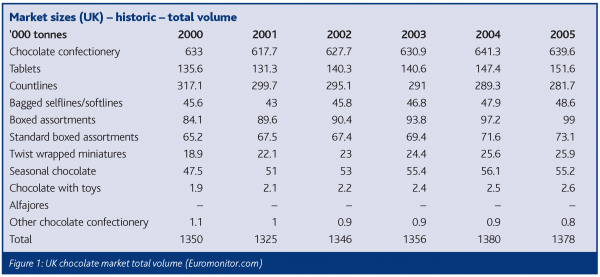

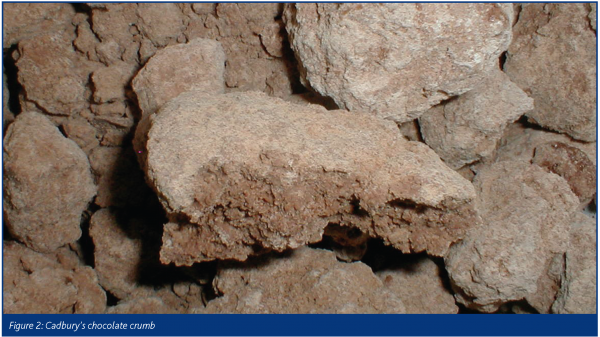

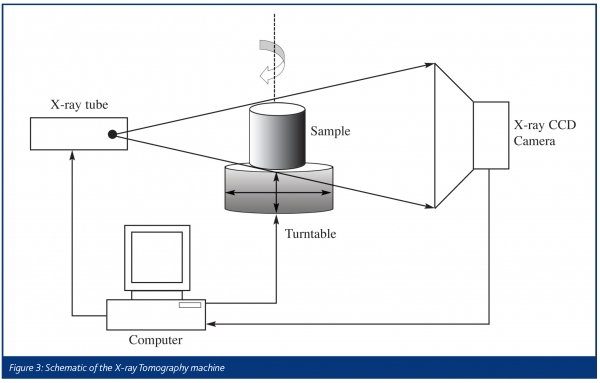

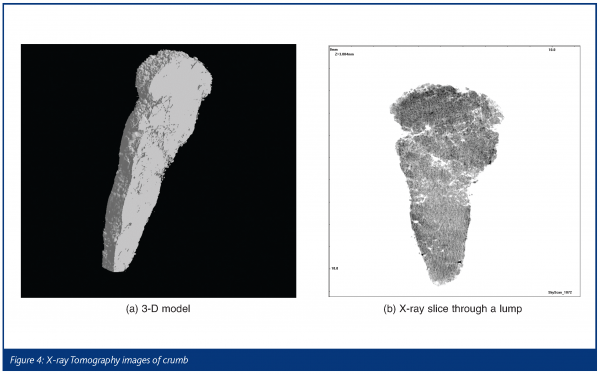

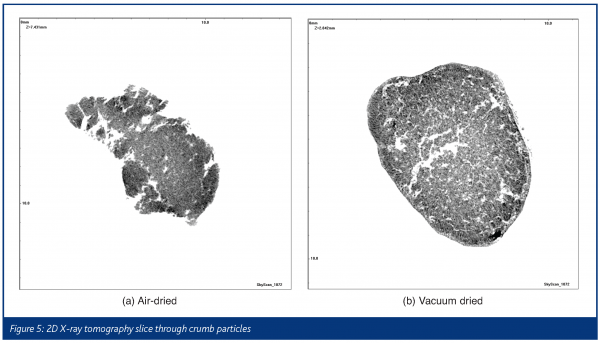

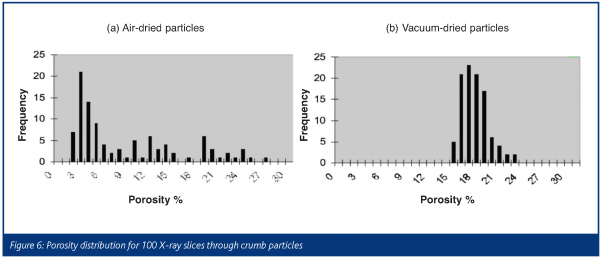

References
Aguilera, J. M., and Stanley, D. W., Microstructural principles of food processing and engineering, 2nd Edition, Aspen publications, Maryland, 1999.
Aguilera, J. M., Why food microstructure? Journal of Food Engineering, 2005, 67, 3-11.
Bouwman-Timmermans, M., and Siebenga, A., Chocolate crumb – dairy ingredient for milk chocolate, Manufacturing confectioner, 1995, 74-79.
Lim, K. S. and Barigou, M., X-ray micro-computed tomography of cellular food products, Food Research International, 2004, 37, 1001-1012.
McCarthy, M., Walton, J., and McCarthy, K., Magnetic resonance imaging – analysis for confectionary products and processes, 54th PMCA production conference, 2000.
Mousavi, R., Miri, T., Cox, P. W. and Fryer, P.J., Ice crystal visualization in frozen solids using X-ray micro-computed tomography, Journal of food science, 2005, P Awaiting publishing.
Saravacos, G.D., and Maroulis, Z. B., Transport properties of foods, New York: Marcel Dekker, 2000.
Whitworth, M., and Alava, J., Factors affecting the stability of gas bubbles in dough, CCFRA confidential R&D report – 155, 2002.





